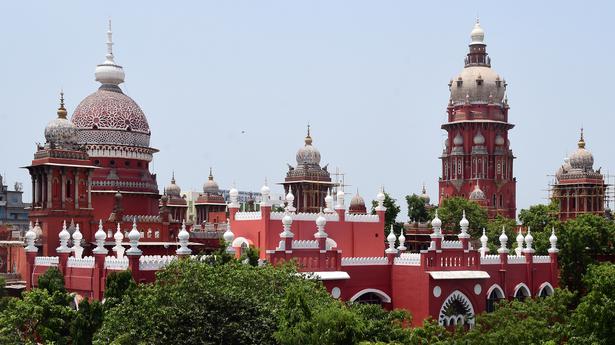
Madras High Court calls for monthly reports from Collectors across Tamil Nadu on eradication of seemai karuvelam
The Hindu
The Court also issues comprehensive directions on uprooting the exotic and invasive species from forest areas and waterbodies.
The Madras High Court on September 26 called for monthly progress reports from all district Collectors in the State with respect to steps taken by the village panchayats for eradication seemai karuvelam ( prosopis juliflora), an exotic and invasive species considered harmful to the ecology, and replacing them with native species.
A special Division Bench of Justices N. Sathish Kumar and D. Bharatha Chakravarthy ordered that the first of such reports must be filed before the court on November 2. The Bench also issued comprehensive directions with respect to eradication of seemai karuvelam from the forests and waterbodies spread across the State.
The judges recorded the submission of the Forest Department that it had successfully completed the pilot project of removing the invasive species from 200 hectares of forest land in Aanamalai, Mudumalai and Sathyamangalam tiger reserves and directed it to move forward and remove the species from all other forest areas.
The Department was also directed to grant permission to the private landowners in the forest areas to remove the exotic species from their properties and sell them either for firewood or other purposes. The judges insisted on clearing the forests of all exotic and invasive species and replacing them with shola forests.
As far as removal of seemai karuvelam from the waterbodies under the control of the Water Resources Department was concerned, the judges took note of a status report filed by the Chief Engineer stating that the invasive species had spread over 1.92 lakh hectares and that it was removed from around 72,000 hectares.
The Chief Engineer told the court that the trees from the rest of the waterbodies would be removed in a phased manner. However, not in agreement with such submission, the judges said that removing the invasive species in a phased manner would not help since they would regrow in a place by the time they get removed from another place.
The Bench directed the Chief Engineer to call for tenders for removal of the invasive species from all waterbodies at one go and ensure that they were uprooted and replaced with native species. “The tender process for removal of the exotic species from the waterbodies must be completed within three months,” it ordered.













